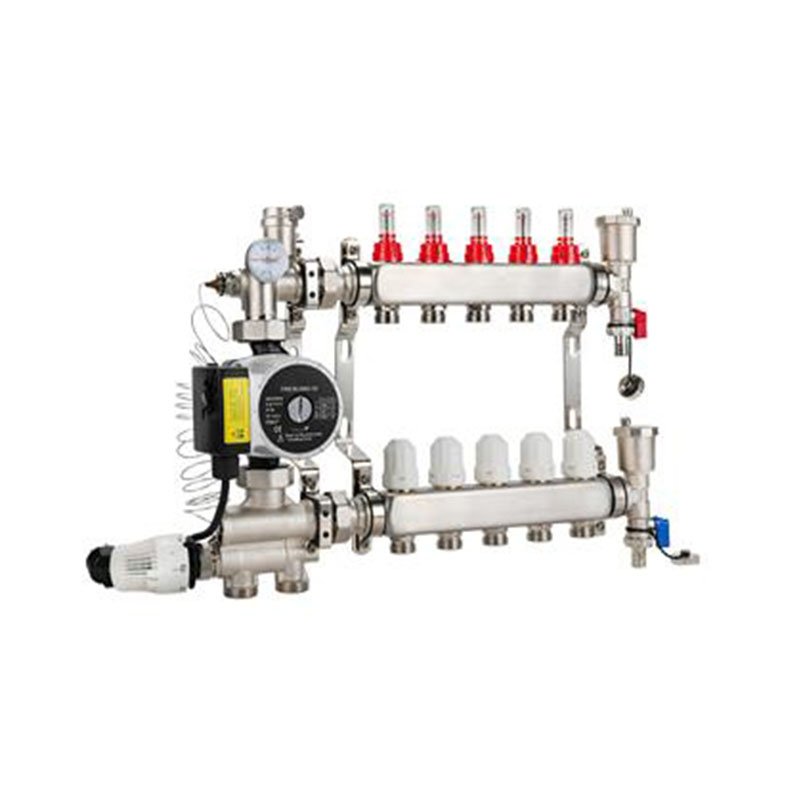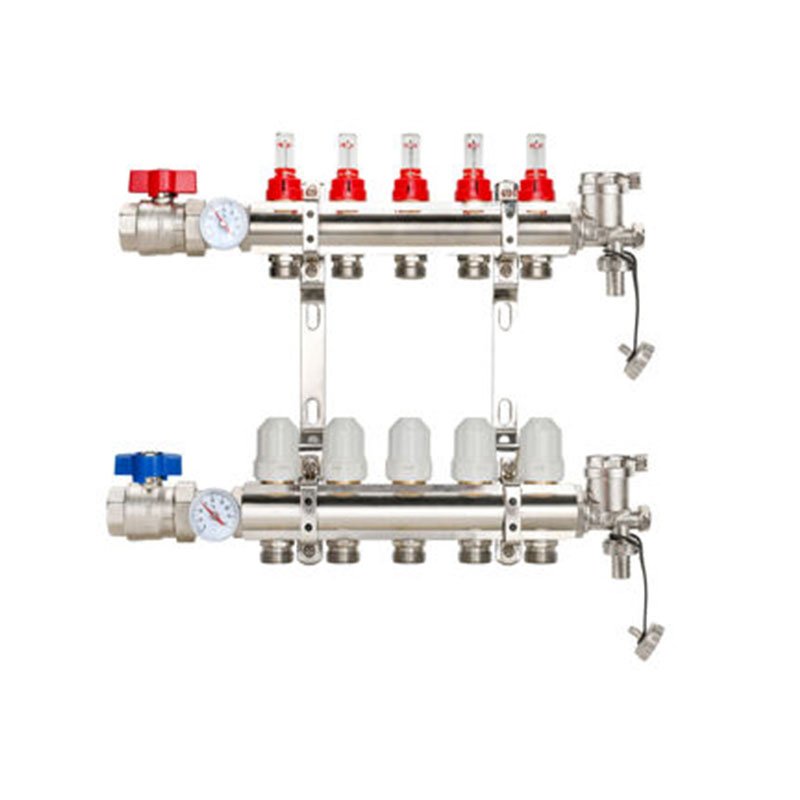One of the most common mistakes homeowners and installers make is setting the underfloor heating temperature too high or too low. An incorrect temperature setting can lead to inefficient energy use, excessive heating costs, and an uncomfortable living environment. If the temperature is set too high, you may waste energy, and if it’s too low, your floors might not heat up adequately. So, what is the best temperature to set your underfloor heating for optimal comfort and efficiency? Keep reading to find out the ideal settings to get the most out of your system.
The ideal temperature for underfloor heating typically ranges from 18°C to 22°C, depending on the room and your comfort preferences. Proper temperature settings can help improve energy efficiency and maintain a comfortable living environment without wasting resources.
Understanding how to set your underfloor heating correctly can make a significant difference in both comfort and energy savings. Let’s explore the best practices for setting the temperature in different zones of your home.

What temperature should floor heat be set at?
The optimal temperature for underfloor heating typically falls between 18°C and 22°C. However, this range can vary depending on the specific room or space. In living rooms, bedrooms, and kitchens, 21°C to 22°C is usually ideal, providing comfort without excessive energy consumption. In bathrooms, a slightly higher temperature around 24°C might be preferred, as people often like a warmer environment in these areas.
It’s important to understand that underfloor heating systems operate more efficiently when the temperature is set lower than traditional radiators. Since underfloor heating is designed to provide a steady, even heat, high temperatures are not necessary to achieve comfort. This results in a more energy-efficient system and a better overall experience.
In addition, the type of flooring you have can also affect the temperature setting. For example, tiles or stone floors may require a slightly higher temperature to achieve the desired warmth, as these materials can absorb and retain more heat. On the other hand, carpets and wood flooring can offer good insulation and may not need as high of a temperature setting.
What temperature should a mixing valve be set at for underfloor heating?
A mixing valve is an essential component of underfloor heating systems, as it controls the temperature of the water being circulated through the pipes. The temperature setting of the mixing valve is crucial for ensuring that the water entering the underfloor system is at the correct temperature to heat the floors effectively without overheating.
The mixing valve should be set to a temperature between 35°C and 45°C for most underfloor heating systems. This is significantly lower than the temperature of the water coming from the boiler, as the mixing valve combines the hot water with cooler return water to lower the temperature before it enters the underfloor pipes.
Setting the mixing valve temperature too high can lead to excessive heat output, resulting in wasted energy and an uncomfortable environment. Conversely, if it’s set too low, the floor may not heat adequately, causing discomfort and inefficient heating. It’s crucial to balance the temperature to ensure that the system delivers the right amount of heat without excessive energy consumption.
Is it cheaper to leave underfloor heating on low all day?
One common question homeowners ask is whether it’s cheaper to leave underfloor heating on low all day instead of turning it off when not needed. The answer largely depends on the specific system and its efficiency, but in general, leaving underfloor heating on low throughout the day is often more energy-efficient than constantly turning it on and off.
Underfloor heating systems work most efficiently when they maintain a consistent temperature. Turning the system off and then on again can lead to higher energy usage as it needs to work harder to bring the floor back up to the desired temperature. Keeping the temperature low all day allows the system to maintain a steady heat output, using less energy in the long run.
That said, this approach is best suited for homes with good insulation and a well-designed underfloor heating system. If your home isn’t well insulated, or if the system is particularly old, you may want to consider turning the heating off when not in use to avoid unnecessary energy consumption. In these cases, using a programmable thermostat or a smart heating system can help you manage the temperature more efficiently.

What is the most economical setting for underfloor heating?
The most economical setting for underfloor heating is one that balances comfort with energy efficiency. For most rooms, setting the thermostat between 18°C and 21°C will provide a comfortable living space without wasting energy. However, this setting can vary depending on factors such as room size, insulation, and personal preferences.
In general, maintaining a consistent temperature is more energy-efficient than constantly adjusting the heat. Consider using a programmable thermostat or smart heating system to automatically lower the temperature when you’re away from home or during the night. This will reduce energy consumption while still keeping the space warm when you need it.
For areas like hallways or rooms that aren’t used as frequently, you can lower the temperature to save on energy costs. Additionally, zoning your underfloor heating system with separate thermostats in different rooms allows you to target heat where it’s needed most, further improving energy efficiency.
Should I turn underfloor heating down at night?
Turning down your underfloor heating at night can be an effective way to save energy, but it’s important to consider the efficiency of your system. Many modern underfloor heating systems are designed to be left on at a low level, maintaining a steady temperature throughout the day and night. However, if you have a programmable thermostat, it can be a good idea to reduce the temperature at night when you’re not using the rooms.
The temperature can be set to around 16°C to 18°C during the night, and then increased again in the morning before you wake up. This approach ensures that the system isn’t wasting energy while still keeping your home warm and comfortable when you need it.
It’s also worth considering that the ability to lower the temperature at night depends on the type of underfloor heating system you have. For example, wet systems (those that circulate warm water) can take longer to cool down and heat up again, so it may not always be practical to turn them down completely. On the other hand, electric underfloor heating systems respond more quickly to temperature changes, allowing for more flexibility in adjusting the heat.
Summary
Setting the right temperature for underfloor heating is essential for maintaining comfort and efficiency. The ideal temperature ranges from 18°C to 22°C, depending on the room and your preferences. Using a mixing valve with the correct temperature setting and ensuring consistent, low-level heating can help save energy and lower costs. With proper temperature management, your underfloor heating system can run efficiently and provide lasting comfort.
Choose IVALVECRAFT, choose reliable partner, enjoy the high quality and best service.


